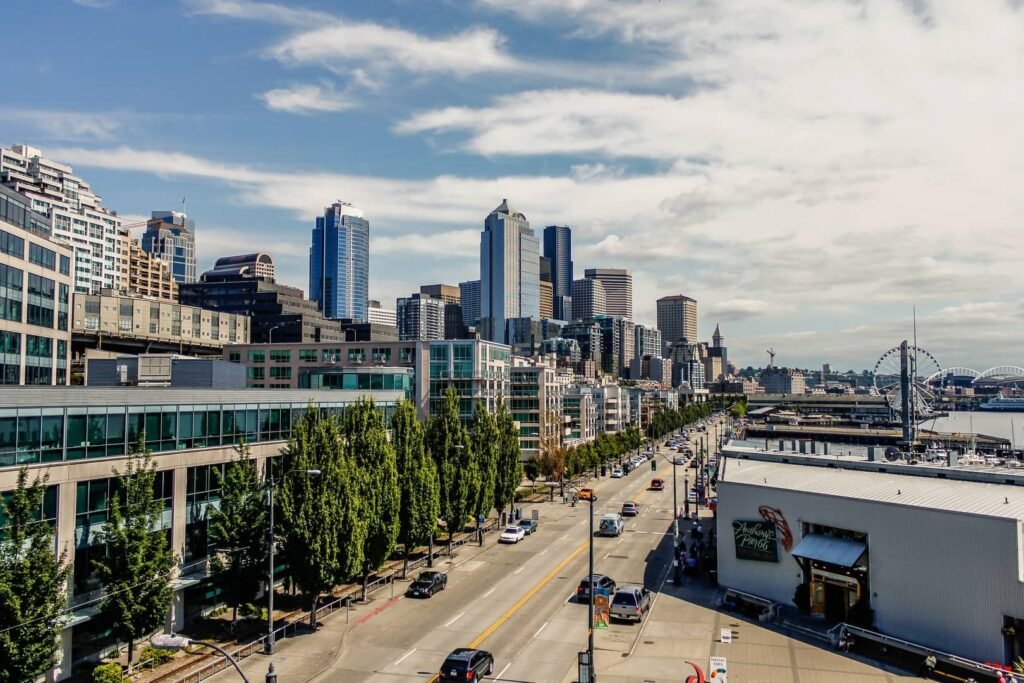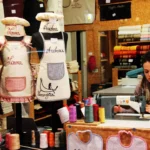For decades, Bangladesh’s economy thrived on the back of fast fashion. As one of the world’s largest garment exporters, the country became the go-to destination for global brands looking for cheap labor and quick production. This booming sector transformed Bangladesh into a key player in the global textile market, employing millions and contributing significantly to its GDP. However, as global dynamics shift and challenges mount, Bangladesh’s over-reliance on the garment industry has exposed deep vulnerabilities in its economy.
The Rise of Fast Fashion in Bangladesh
Fast fashion giants like H&M, Zara, and Primark have long relied on Bangladesh’s low-cost labor to keep up with the relentless demand for affordable, trendy clothing. The garment industry accounts for over 80% of the country’s export earnings and employs more than four million people, predominantly women. This sector has played a critical role in lifting millions out of poverty and driving economic growth.
However, the benefits came at a cost. The industry has been plagued by poor working conditions, low wages, and environmental concerns, as factories rushed to meet the demands of global brands. Tragedies like the 2013 Rana Plaza collapse, which killed over 1,100 workers, brought global attention to the darker side of Bangladesh’s garment sector.
Economic Vulnerabilities Exposed
In recent years, Bangladesh’s economy has faced mounting pressures. The COVID-19 pandemic dealt a severe blow, disrupting supply chains and leading to widespread order cancellations that left factories and workers in financial distress. As the world grapples with inflation, shifting consumer behavior, and growing calls for sustainable fashion, the cracks in Bangladesh’s garment-dependent economy are becoming increasingly apparent.
Rising labor costs and fierce competition from other low-cost countries, like Vietnam and Cambodia, have further strained the industry. Meanwhile, Bangladesh is facing an energy crisis, soaring inflation, and a depreciating currency, which are collectively stifling growth and pushing the economy into troubled waters.




Diversifying for a Resilient Future
To secure its economic future, Bangladesh must diversify beyond fast fashion. Experts suggest investing in technology, green manufacturing, and value-added sectors like pharmaceuticals and IT. Government initiatives to develop special economic zones (SEZs) and attract foreign direct investment (FDI) in new industries are steps in the right direction, but more needs to be done.
Bangladesh also has an opportunity to reinvent its garment industry. By embracing sustainable practices, improving working conditions, and moving up the value chain to produce higher-quality products, the sector can remain a pillar of the economy without being its sole lifeline.




A Critical Juncture
Bangladesh stands at a crossroads. While fast fashion built its economic foundation, the country’s future depends on its ability to adapt and innovate. Diversification, investment in human capital, and sustainable growth strategies will be crucial in steering Bangladesh towards a more resilient and prosperous economy.



















